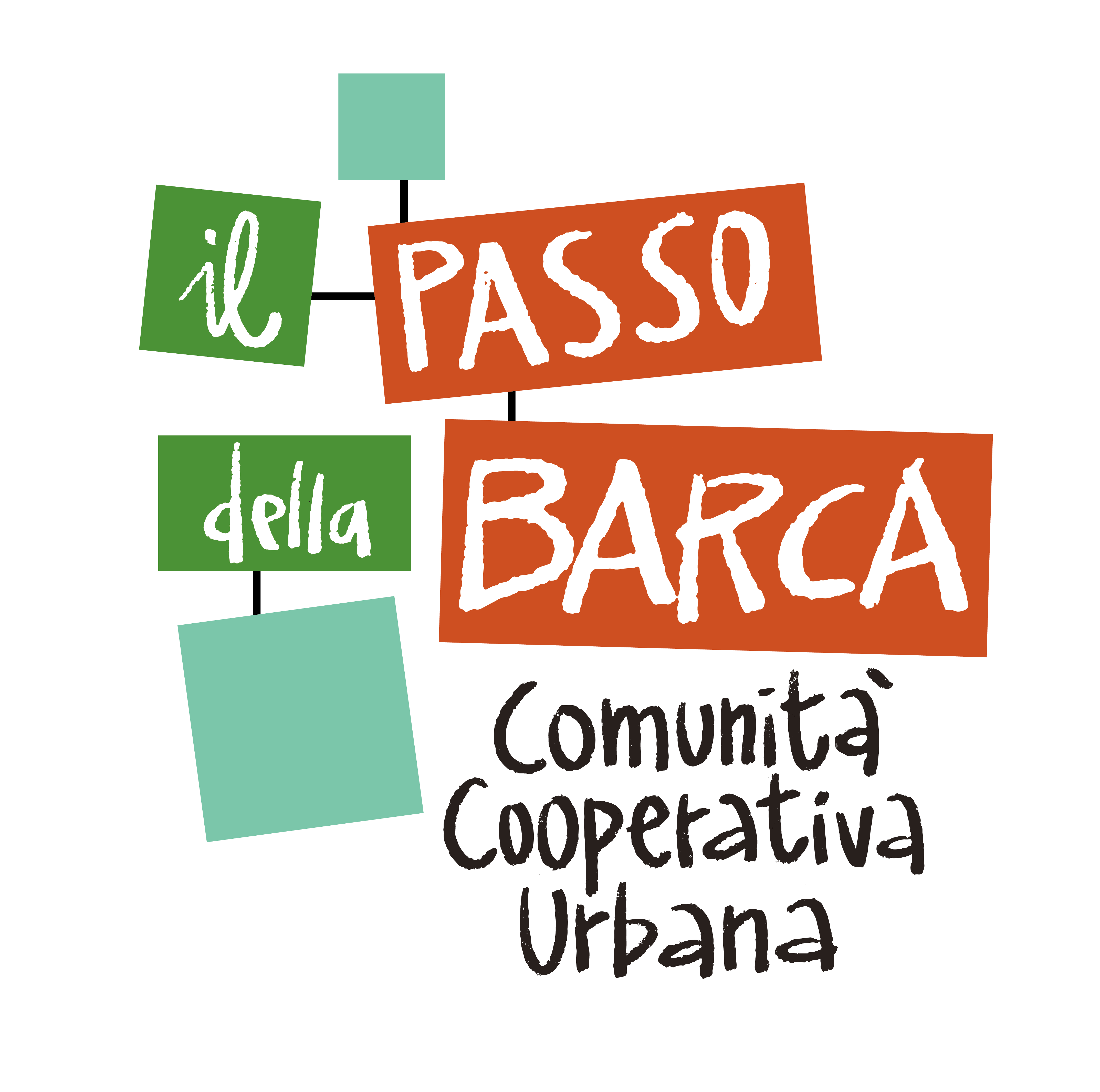Содержание
At this stage, the group is highly dependent on the leader to answer their questions about the group’s purpose and provide direction. This is when the team has developed processes that work for the team and people follow them. As people begin to feel safer, they will push the boundaries set up by the team in the forming stage—and conflicts may begin to erupt. Notice what stage their team is at, helping team members to process and acknowledge the inevitable conflicts and changes during group development. Attributes like trust, understanding, and support are also built by the little, everyday things that make a group of people into a successful team formation. Make time for watercooler chat in a way that works for everyone, so there are group topics that everyone can laugh over.
Forza Motorsport Won’t Begin Polishing Until Next Year, Casting Doubt on Spring 2023 Date – Wccftech
Forza Motorsport Won’t Begin Polishing Until Next Year, Casting Doubt on Spring 2023 Date.
Posted: Mon, 12 Sep 2022 20:56:08 GMT [source]
Create a weekly work plan with tasks and share it with the team. Members might disagree over how to complete a task or voice their concerns if they feel that someone isn’t pulling their weight. They may even question the authority or guidance of group leaders. In the storming stage, the reality and weight of completing the task at hand have now hit everyone. The initial feelings of excitement and the need to be polite have likely worn off.
Team Development Stages
End each meeting with insightful and constructive feedback that improves the group process. If everyone in your group thinks and acts the same, then why do you have a group? The benefit of working in a team is that you have access to diverse experiences, skills, and opinions that aren’t possible alone. Remember that rules are created to help your team stay focused on what matters most─performance.
If the team is successful in setting more flexible and inclusive norms and expectations, members should experience an increased sense of comfort in expressing their “real” ideas and feelings. Team members feel an increasing acceptance of others on the team, recognizing that the variety of opinions and experiences https://globalcloudteam.com/ makes the team stronger and its product richer. Members start to feel part of a team and can take pleasure from the increased group cohesion. Team Tasks during the Storming stage of development call for the team to refocus on its goals, perhaps breaking larger goals down into smaller, achievable steps.
During the forming phase, the group objectives are established and roles are delegated to team members. The first stage of group development is known as the forming stage. The forming stage represents a time where the group is just starting to come together and is characterized with anxiety and uncertainty. Members are cautious with their behavior, which is driven by the desire to be accepted by all members of the group. Conflict, controversy and personal opinions are avoided even though members are beginning to form impressions of each other and gain an understanding of what the group will do together. Some believe this cautious behavior prevents the group from getting any real work done.
In this world of constant notifications, it’s easy for people to get derailed and forget which goals are really important. This is especially important for creative and development teams. During the Norming stage of team development, team members begin to resolve the discrepancy they felt between their individual expectations and the reality of the team’s experience.
Blog Actionable articles to help managers improve in their role. Discover all templates Made to solve challenges quickly and build stronger relationships with your team. Engagement Get to know your people with Pulse Surveys, eNPS scoring, anonymous feedback and messaging. See how Teamwork can help your team with our 30-day free trial.
Team norms set a standard for behavior, attitude, and performance that all team members are expected to follow. Norms are effective because team members want to support the team and preserve relationships in the team, and when norms are violated, there is peer pressure or sanctions to enforce compliance. This is the perfect team development stage to learn about how your team overcomes obstacles and bonds through shared experiences. Identifying each of the 4 stages of team development helps you underscore your team’s needs during each one. Team leadership Support managers with the tools and resources they need to lead hybrid & remote teams. In the performing stage, teams are in sync and work more efficiently together than at any previous stage.
What Is Toxic Productivity? And 5 Tips To Overcome It
Get crystal-clear insights into what your team members do with their time and see which team members are overworked, and which ones can take on more. How to set up a clock-in clock-out system at work Need a good clock-in clock-out system so people coming to work can check in and out? Arrange at least 1 team-building activity, to help people grow closer as a team. Provide extra support and guidance to help team members who are less secure about voicing their opinions and ideas stand their ground. Speaking of ends, the Adjourning Stage is the bittersweet cherry on the top of each team and project, and it will happen whether you want it or not.

It results in creating a mission, vision, values, and priorities. Kimberly Douglas, CEO of FireFly Facilitation and expert facilitator in strategic planning, can guide your organization through its strategic review and planning session. In this newsletter, she identifies deliverables and 3 key points that will maximize the ROI of everyone’s time.
Your team asks questions formulated in ways that are rooted in emotional intelligent practices. They feel confident and comfortable when approaching you with concerns and questions. You recognize this isn’t any one team member’s fault, but you want to make it right. The last thing you want to experience is team members who de-value one another or collectively fall behind. It’s up to you to provide clarity, ensure team alignment and employee motivation.
If you’ve asked team members to update progress documents weekly, check to make sure it’s being done. Set reminders for yourself to check in with team members, or send calendar events so that making updates is always top of mind and getting done. The main goal here is to keep the momentum going so that the project wraps up on time. Finally, share the project roadmap so the team can see the starting point, the proposed check-in points, and the end goal.
Signs And Questions To Look Out For In The Storming Stage
They’ve grown much closer since the day when they first decided to start the gardening project, and not a day goes by without at least two of them meeting. Daisy called a lot of shots in the Forming stage, so she emerges as the dominant team leader in this stage. She proposes a clear schedule and takes charge of contacting the local store to see what supplies they can get here, and what supplies they may need to go to the city for.
- In this stage, leadership is shared as the team works toward exceeding standards and continuous improvement.
- Overall, in order to get to real productivity, teams need to move past the small talk and be ready to engage on a more real level, potential conflict and all.
- You’ll be able to access all of your important documents in one location so your team won’t waste time searching for important materials.
- This empowers the team, especially if the leader steps back once a team is performing.
- All teams go through four predictable and evolving formation periods.
- This is demonstrated through high morale, productivity and engagement.
Based on a survey of hybrid work challenges conducted with your team, she develops and conducts a unique learning experience. During the norming stage, people start to four phases of team development notice and appreciate their team members’ strengths. This is the exact reason why stages of team development are so important — the team has to keep moving forward.
The principles are based on the same principles Five Star hotels and restaurants use to achieve high-quality service. If your firm focuses on the 7 areas, you will begin to see a cultural shift happen and your firm’s level of client service will rise. As a member, you’ll also get unlimited access to over 84,000 lessons in math, English, science, history, and more.
Stages Of Group Development
You outline the work, as well as key milestones, deliverables and objectives. When your team learns more context about what’s required of them in this stage, they’ll feel more confident. If you reflect on them, they’ll tell you a cohesive story about their strengths, needs and performance. Understand your people’s needs and make team management your greatest strength. It’s easy for everyone — including you — to get in a tunnel and focus on their own lists of tasks.
If teams get through the storming stage, conflict is resolved and some degree of unity emerges. In the norming stage, consensus develops around who the leader or leaders are, and individual member’s roles. Interpersonal differences begin to be resolved, and a sense of cohesion and unity emerges. Team performance increases during this stage as members learn to cooperate and begin to focus on team goals. However, the harmony is precarious, and if disagreements re-emerge the team can slide back into storming.
It’s almost like being Captain America to The Avengers or Steve Jobs to Apple. (Sadly, not a perfect rhyme.) Once a project ends, the team disbands. This phase is sometimes known as mourning because members have grown close and feel a loss now that the experience is over. Clarify the expected stages of group development right from the start, to highlight that conflicts and problems throughout the project are normal, and not a sign of failure. If your team has reached this stage, you’re on a clear path to success. You have a mature, well-organized group now fully-focused on reaching the project goals established in the Forming stage.
You come to realize that, by involving yourself, they’re burdened by an apprehension to speak up and would rather spend time rectifying the situation. In this meeting, you take notes from each team member and apply these to your team principles. This way, each employee knows they can trust you, and each other going forward.
The team meets and learns about the opportunities and challenges, and then agrees on goals and begins to tackle the tasks. They may be motivated but are usually relatively uninformed of the issues and objectives of the team. Team members are usually on their best behavior but very focused on themselves. Mature team members begin to model appropriate behavior even at this early phase.
The Four Phases Of Teamwork
More dominant members within the group tend to emerge and lead, while less confident members remain performing in their comfort zone. While problems may exist within the group, the quiet members do not voice their concerns and the group may not be able to reach an agreement later on. Conversely, if a question is asked, it must be addressed so that the group may continue their progress successfully. As a result of the tension experienced during storming, some groups are not able to move past this phase of development.
Team performance may actually decrease in this stage because energy is put into unproductive activities. Members may disagree on team goals, and subgroups and cliques may form around strong personalities or areas of agreement. To get through this stage, members must work to overcome obstacles, to accept individual differences, and to work through conflicting ideas on team tasks and goals. Failure to address conflicts may result in long-term problems. Your remote teams will go through the 5 stages of team development whether or not they have your guidance, but you can accelerate their progress when you know how to support them along the way. When you can identify which development phase your teams are in, it’s much easier to provide exactly the direction they need so they feel more focused and connected.

